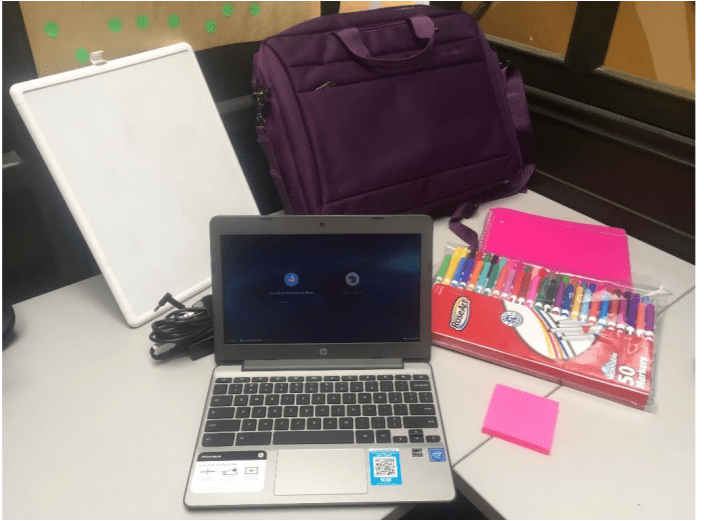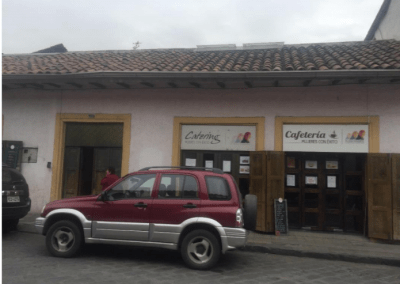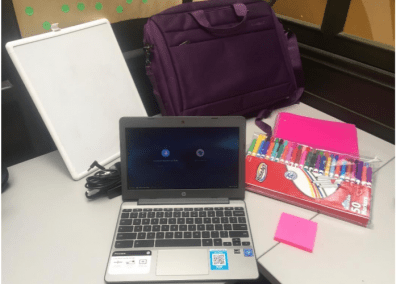Developing Digital Literacy Modules for Women in Cuenca, Ecuador
Identifying Knowledge Flow to Develop a Strategic Plan
Abstract
Our project worked with the María Amor Foundation in Cuenca, Ecuador to build a self-sustaining curriculum to teach digital literacy for women who are escaping domestic violence. To properly tailor our curriculum and gauge interest, we interviewed and surveyed the future participants and talked to senior employees. We learned that it needed to be as engaging as possible and start very basic as some participants had never used a computer before. The project resulted in the creation of nine independent bilingual modules designed for future workshops.
Results
Through interviews and surveys, as well as running a trial workshop, we were able to analyze the effectiveness of our modules and the material they taught. We found that the women all had dramatically different skill levels with computers. The women responded best to interactive modules with numerous examples and often needed to start at the most basic level of a topic. Safety was also a large concern; the women of Mujeres con Éxito have sensitive backgrounds and we needed to address safety heavily when teaching internet and social media use.
Conclusions
Throughout our project, we developed several conclusions pertaining to the education of digital literacy. The subject matter is often entirely foreign to some students and classes must begin with the most basic elements. From this starting point, the curriculum must also account for differences in learning rates and prior experience. Some students may quickly surpass others or begin already ahead; the workshops must be able to facilitate this discrepancy. Therefore, our modules were designed to be learned independently, so that students can progress at their own pace. The safety of the women is one of the primary concerns of the María Amor Foundation, so it should be paramount in our workshops as well. The modules that covered material such as social media and internet prioritized teaching the dangers first and sought to be responsible by teaching them how to recognize and avoid potentially dangerous ads, viruses, and websites.
Executive Summary



